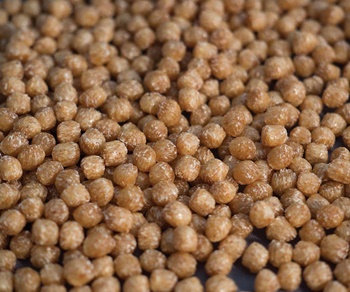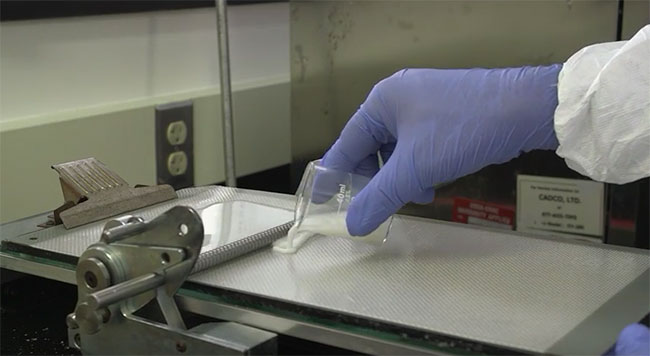Mark J. BurnsMonday November 7th, 2016 Parley for the Oceans and adidas have unveiled new performance products this week with the aim of increasing awareness about ocean plastic pollution. The new products include the UltraBOOST Uncaged Parley running shoe along with soccer jerseys for Real Madrid and Bayern Munich, who will sport them later this month. Both products are the first apparel and footwear produced with Parley ocean plastic and waste recovered from the coastal areas of the Maldives. In honor of World Oceans day this summer, they also created a limited edition adidas x Parley shoe created from ocean waste. “This represents another step on the journey of adidas and Parley for the Oceans. We have not only managed to make footwear from recycled ocean plastic, but have also created the first jersey coming 100 percent out of the ocean,” said Eric Liedtke, adidas group executive board member responsible for global brands, in a statement. adidas will manufacture 7,000 pairs of the UltraBOOST Uncaged Parley, a shoe that is created with 95% ocean plastic. The running footwear is part of adidas’s commitment to creating one million pairs of UltraBOOST made with Parley ocean plastic by next year’s end. “At this point, it’s no longer just about raising awareness. It’s about taking action and implementing strategies that can end the cycle of plastic pollution for good,” said Cyrill Gutsch, Founder, Parley for the Oceans in a statement. “Eco-innovation is an open playing field. With the release of the Ocean Plastic jerseys and UltraBOOST Uncaged adidas x Parley shoes, we’re inviting every consumer, player, team and fan to own their impact under Parley A.I.R. and define their role within the movement.” http://www.si.com/tech-media/2016/11/07/adidas-parley-ocean-plastic-pollution#
Ms.Kang
2016-11-09
















